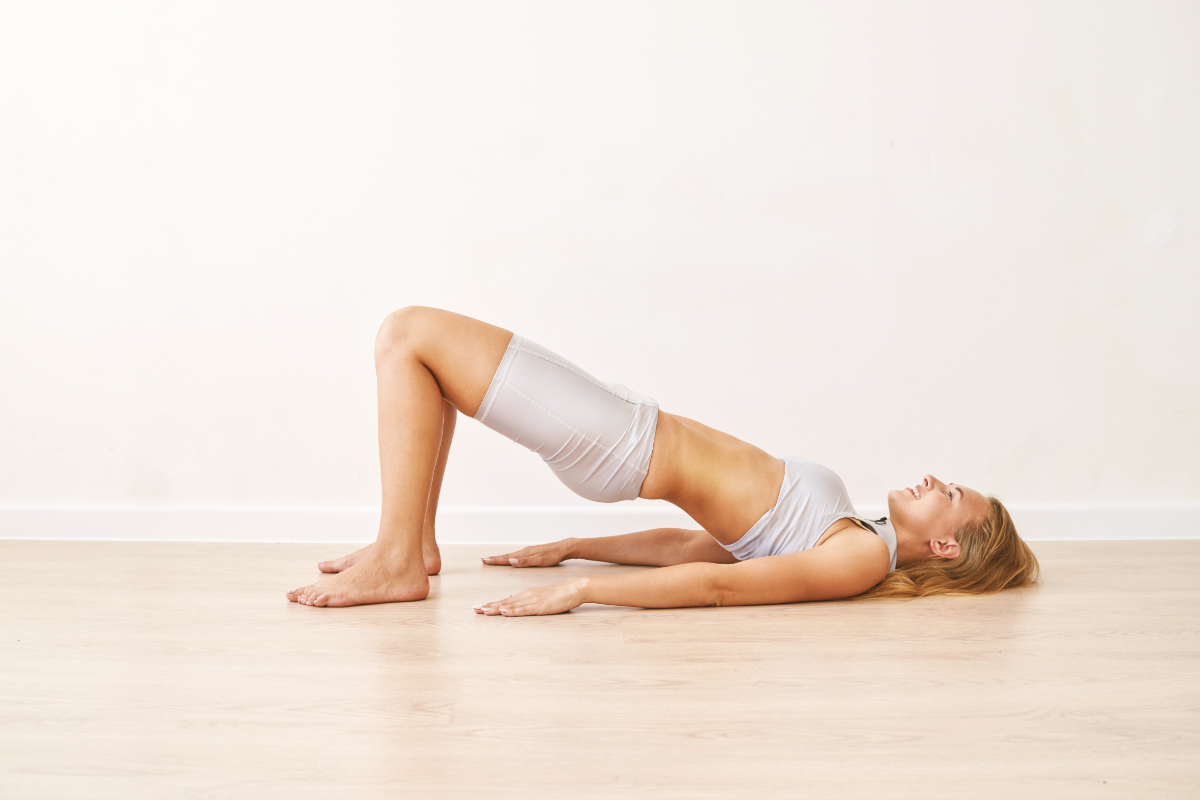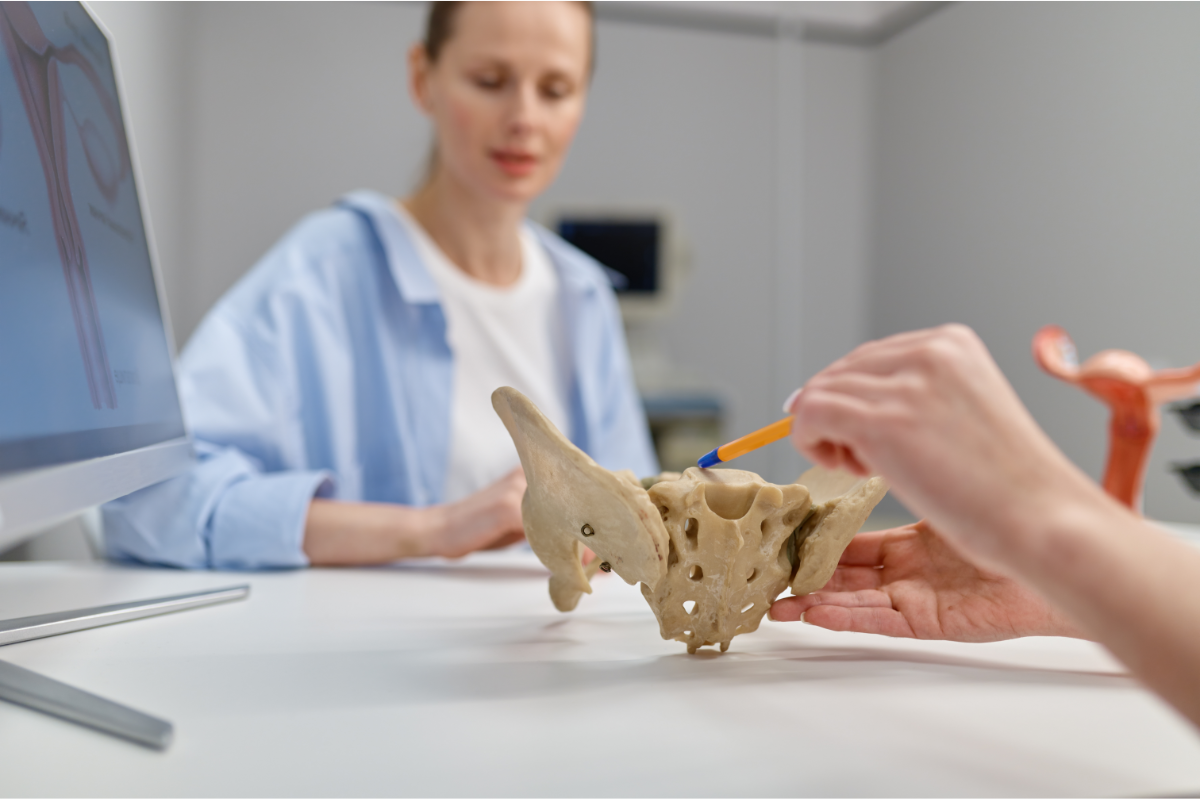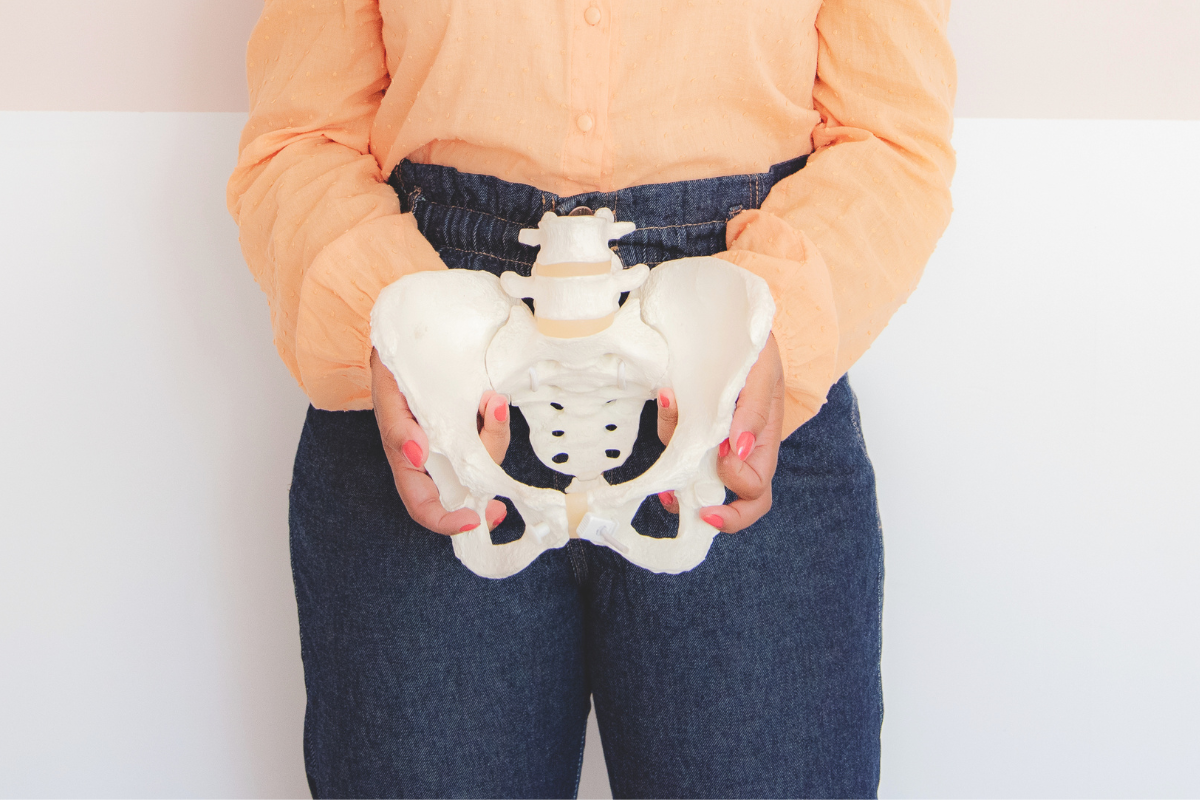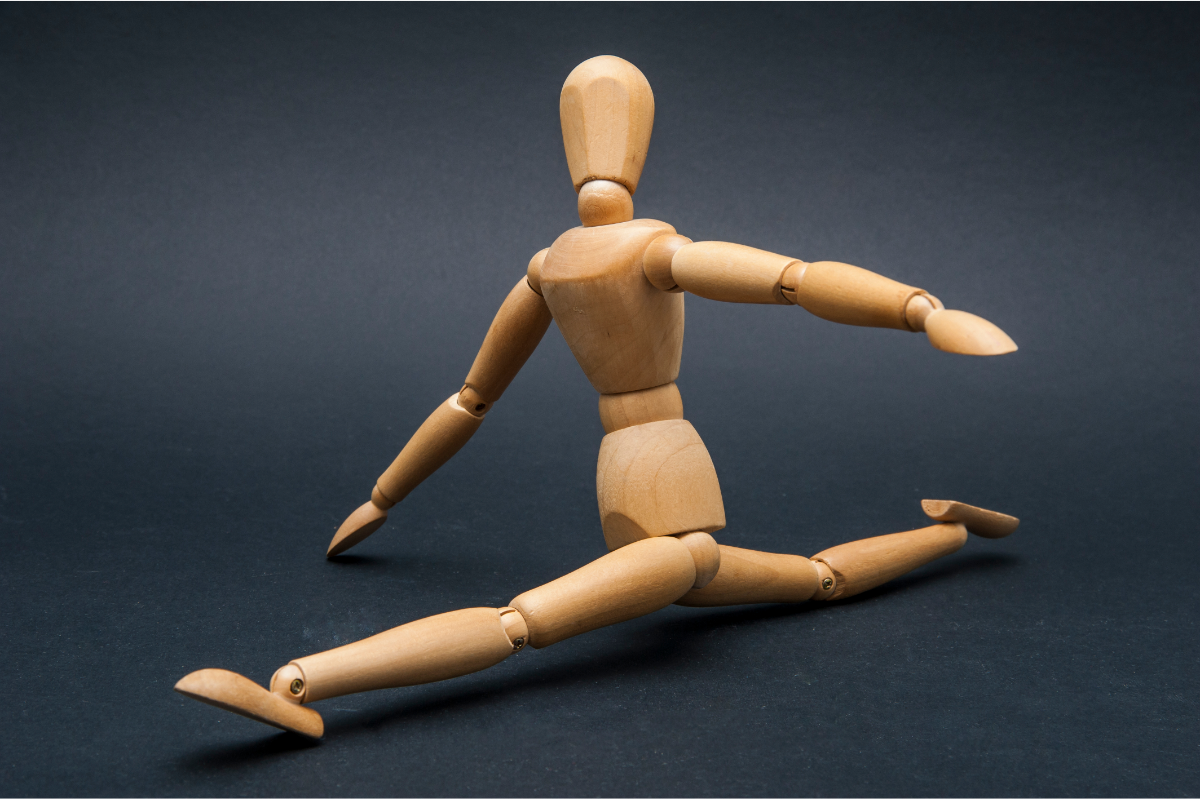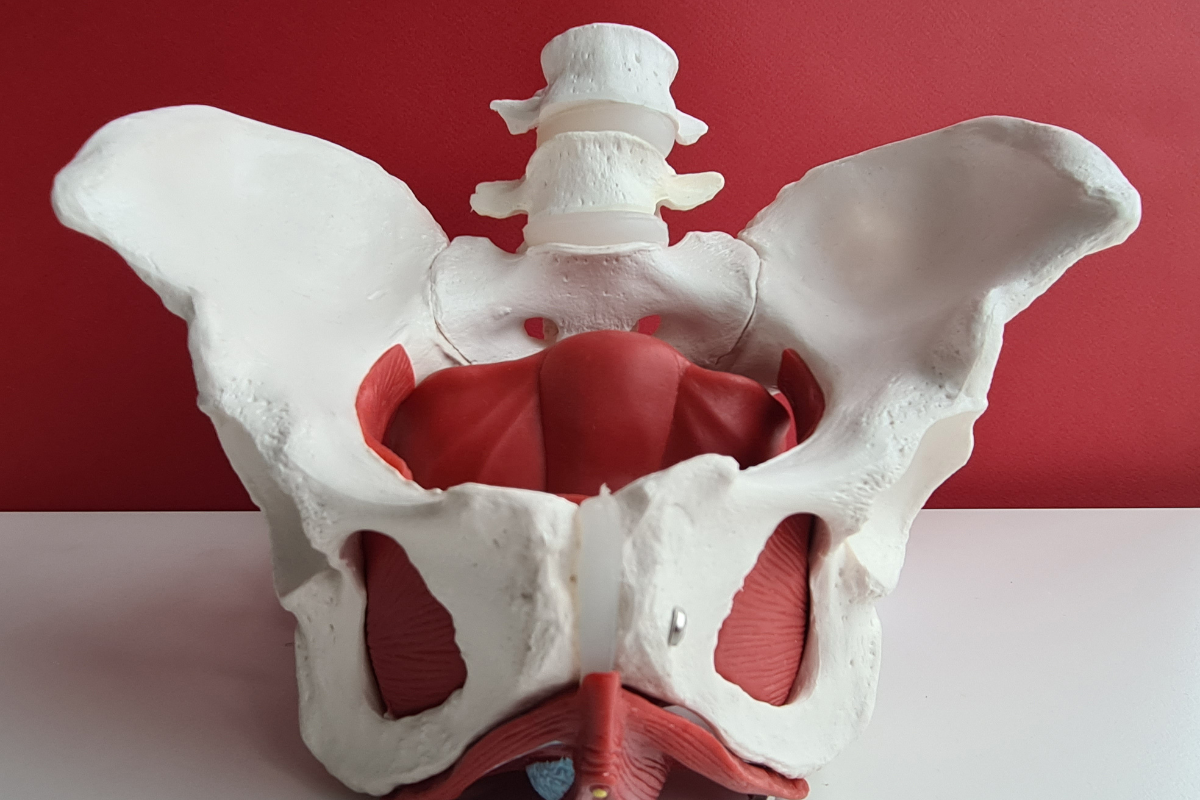Top 10 Common Mistakes When Doing Pelvic Floor Exercises
Pelvic floor exercises, often called Kegel exercises, are essential for both men and women looking to improve their pelvic health. Did you know that a strong pelvic floor can enhance your bladder control, improve sexual function, and even contribute to better posture? However, many people unknowingly make mistakes that can hinder their progress and effectiveness. In this article, we’ll explore the top 10 common mistakes people make when doing pelvic floor exercises and how to avoid them.
Importance of Pelvic Floor Health
Your pelvic floor is a group of muscles and tissues that support the bladder, uterus (in women), and rectum. Maintaining a strong pelvic floor is crucial for overall health and well-being. Weakness in this area can lead to various issues, including urinary incontinence and pelvic pain.
Benefits of Pelvic Floor Exercises
Engaging in regular pelvic floor exercises can yield numerous benefits, such as enhanced bladder control, improved sexual satisfaction, and even a reduced risk of pelvic organ prolapse. So why not make them part of your routine?
Understanding Pelvic Floor Exercises
Before diving into the mistakes, it’s important to understand what pelvic floor exercises are and who should be doing them.
What Are Pelvic Floor Exercises?
Pelvic floor exercises involve contracting and relaxing the muscles that support your pelvic organs. These movements can help strengthen the pelvic floor and improve its functionality.
Who Should Do Them?
While anyone can benefit from pelvic floor exercises, they are particularly recommended for pregnant women, postpartum individuals, and those experiencing pelvic floor dysfunction.
Mistake #1: Not Knowing How to Locate the Pelvic Floor Muscles
One of the biggest blunders people make is not knowing how to identify their pelvic floor muscles.
Understanding Muscle Anatomy
The pelvic floor muscles are located between your pubic bone and tailbone. They play a vital role in controlling urination, bowel movements, and sexual function.
Techniques to Identify Your Pelvic Floor Muscles
To locate these muscles, try stopping urination mid-stream. This action engages your pelvic floor. However, don’t make a habit of starting and stopping your urine flow as a practice method. Instead, try inserting a finger into the vagina or rectum and squeezing around it to feel the muscle contraction.
Mistake #2: Incorrect Breathing Techniques
Breathing plays a crucial role in engaging your pelvic floor effectively.
The Connection Between Breathing and Muscle Control
Many people hold their breath or breathe shallowly while performing exercises, which can lead to tension in the pelvic area.
How to Breathe Properly During Exercises
Inhale deeply through your nose and exhale through your mouth while you contract your pelvic floor muscles. This technique helps you maintain relaxation in your body while engaging the muscles correctly.
Mistake #3: Overexerting the Muscles
Another common error is pushing the muscles too hard, leading to fatigue or strain.
Signs of Overexertion
If you feel pain or discomfort during exercises, you might be overdoing it.
Finding the Right Balance in Your Routine
Aim for a balance of strength and relaxation. Start with a few repetitions and gradually increase as your muscles become stronger.
Mistake #4: Inconsistency in Practice
Inconsistency is a recipe for stagnation.
Setting a Regular Schedule
Creating a routine is key to achieving results. Whether it’s five minutes a day or a longer session three times a week, consistency is vital.
Importance of Making it a Habit
Try setting reminders on your phone or incorporating exercises into your daily routine, like when brushing your teeth.
Mistake #5: Forgetting to Engage the Core
Your pelvic floor doesn’t work in isolation; your core muscles play a vital role.
Role of Core Muscles in Pelvic Health
Engaging your core helps stabilize your pelvis and lower back.
Exercises That Combine Core and Pelvic Floor Engagement
Consider doing exercises like bridges or planks, where you engage both the core and pelvic floor for better results.
Mistake #6: Using Incorrect Form
Form matters! Using incorrect form can lead to ineffective workouts or injury.
Common Form Mistakes
Avoid overarching your back or holding tension in your shoulders while performing exercises.
Tips for Maintaining Proper Form
Focus on keeping your body aligned and relax other muscle groups to isolate the pelvic floor. Using a mirror or recording yourself can help you check your form.
Mistake #7: Rushing Through the Exercises
Slow and steady wins the race! Rushing through exercises can prevent you from feeling the proper muscle contractions.
The Importance of Slow, Controlled Movements
Take your time to ensure each contraction and release is deliberate.
Benefits of Mindful Practice
Mindfulness during your exercises helps build a stronger mind-muscle connection, leading to better results.
Mistake #8: Ignoring Pain or Discomfort
Pain is your body’s way of telling you something isn’t right.
Understanding Your Body’s Signals
If you experience pain during exercises, it’s essential to listen to your body. Pushing through discomfort can lead to injury.
When to Seek Professional Guidance
If pain persists, consult a healthcare professional or a physical therapist specializing in pelvic floor health.
Mistake #9: Not Progressing the Exercises
Sticking to the same routine without progression can hinder your improvement.
The Importance of Progression
As your pelvic floor muscles strengthen, consider adding more challenging variations to your exercises.
How to Gradually Increase Difficulty
Increase the number of repetitions, try different positions, or add weights as you gain strength.
Mistake #10: Neglecting Other Aspects of Pelvic Health
Pelvic health isn’t just about exercises; lifestyle factors play a significant role.
Lifestyle Factors Impacting Pelvic Floor Health
Consider diet, hydration, and exercise. Staying active and maintaining a healthy weight can all contribute to better pelvic health.
Complementary Practices for Overall Well-Being
Yoga and Pilates can also be beneficial for pelvic floor health. Incorporating these practices can lead to a more holistic approach to well-being.
Incorporating pelvic floor exercises into your routine is vital for maintaining pelvic health. However, avoiding these common mistakes is equally important to ensure you’re getting the most out of your efforts. By focusing on proper technique, consistency, and listening to your body, you can strengthen your pelvic floor effectively.

I’m Hillary Swan, a certified fitness trainer specializing in women’s health and pelvic floor strength. I’m passionate about empowering others to improve their core wellness through targeted exercises. Let’s strengthen our bodies together for a healthier, more confident life.

